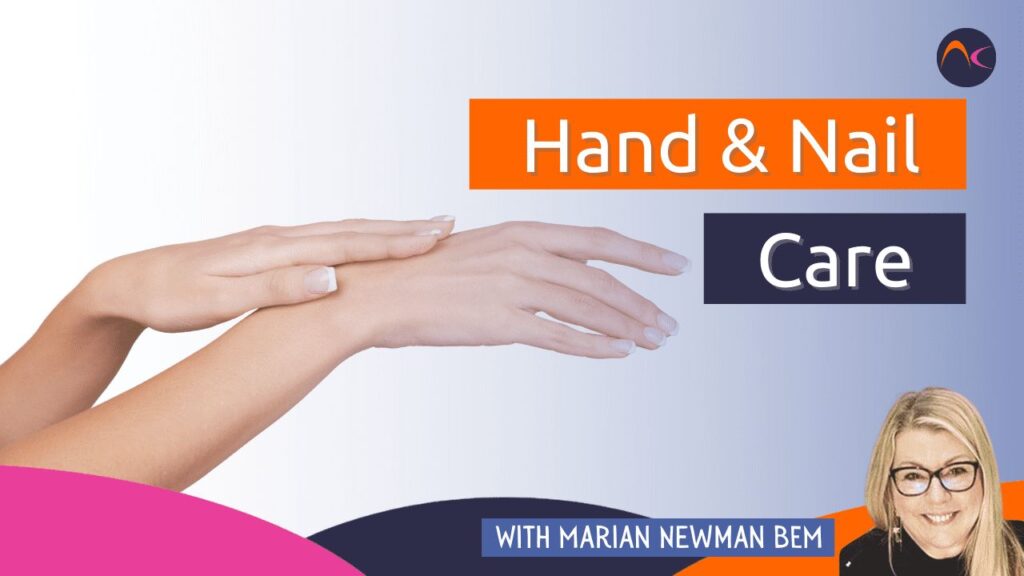The nail sector focuses so much on nail art, brands, allergies, and ‘what everyone else is doing’, that it often forgets the important aspect of hand and nail care!
It is this that supports our services! Without hand and nail care, our services will either fail or not be as effective as we want.
THE most important and non-negotiable ‘end of service’ and essential home care is a good nail oil!
During every nail service, the nail and surrounding skin are subject to solvents, alkalines, and nail dust. None of these are great for nail and skin health. But far too many use nail oil to hide dry skin and surface scratches when taking pictures of their results, or even keeping clients happy!
For many years, nail oil was banned from nail competitions as it was thought that it was hiding poor work. These days, this ban has been lifted, as good nail comp judges can see through this. Now, excess nail oil is a negative score!
What we need to understand is that every overlay hasn’t completed its polymerization directly after a nail service. It still has tiny spaces that the relevant nail oil can penetrate and help to create a flexible coating that will work so much better with the nail plate.
This benefit continues for the client every day that they follow your advice and use the appropriate nail oil.
If you have watched NailKnowledge, you have seen how suitable oils can penetrate the coating and the nail plate, and help keep them flexible.
So what is a good nail oil?
So many oils on the market are described as ‘cuticle oils’, but It is the ‘proximal nail fold’ that needs care. However, that isn’t a ‘catchy’ product name! During the service, though, we are removing the (non-living) ‘cuticle’, and therefore it needs NO help from oils!
In effect, it is the natural nail, the nail coating (or enhancement), and the PNF that need the maximum help.
So, what should we look for in an effective and beneficial nail oil?
The only oils that have a molecular structure that can penetrate the nail plate and its coatings are:
- jojoba oil
- avocado oil
- squalene
These are big molecules but have a structure that is long and thin, and they can find their way into the tiny spaces in the nail plate and the nail coatings.
However, that is just the nail and its coatings. There are other ingredients that can help the surrounding skin, too.
Vitamin E and vitamin C are both excellent oils for the skin, and even better when they are together! They are antioxidants (powerful protection), anti-inflammatory, and help to boost collagen and elastin.
Imagine the benefits these two together can provide for the skin surrounding the nail. The two together can be found in wheat germ oil. Jojoba and avocado oils are not only good for the nails but also for the skin, as they are rich in the right vitamins. Apricot kernel oil is a good anti-inflammatory, especially for irritated and itchy skin. Olive oil and coconut oil are both also good as carrier oils.
Still, remember: make sure you wash off all the dust before the application of oil!


